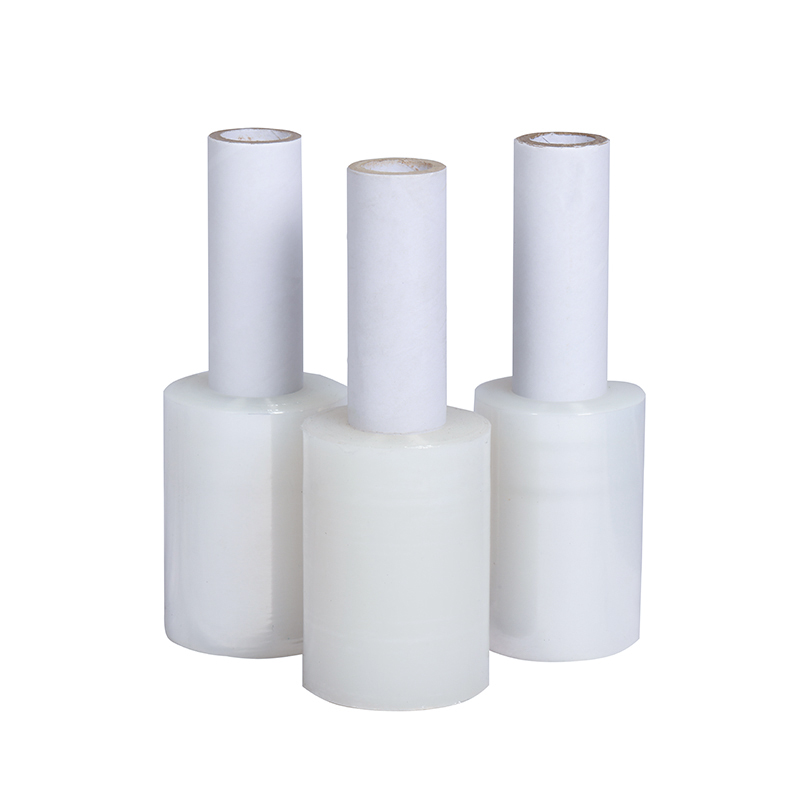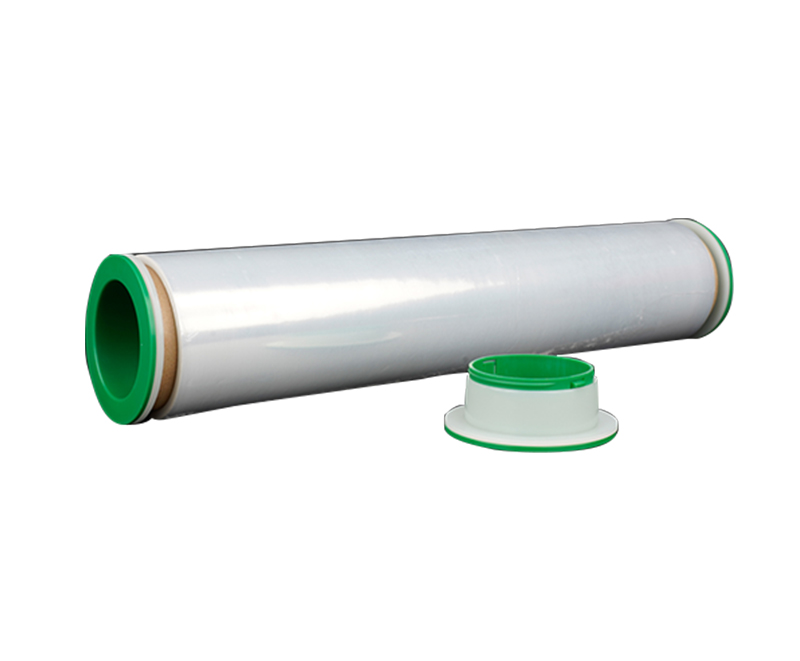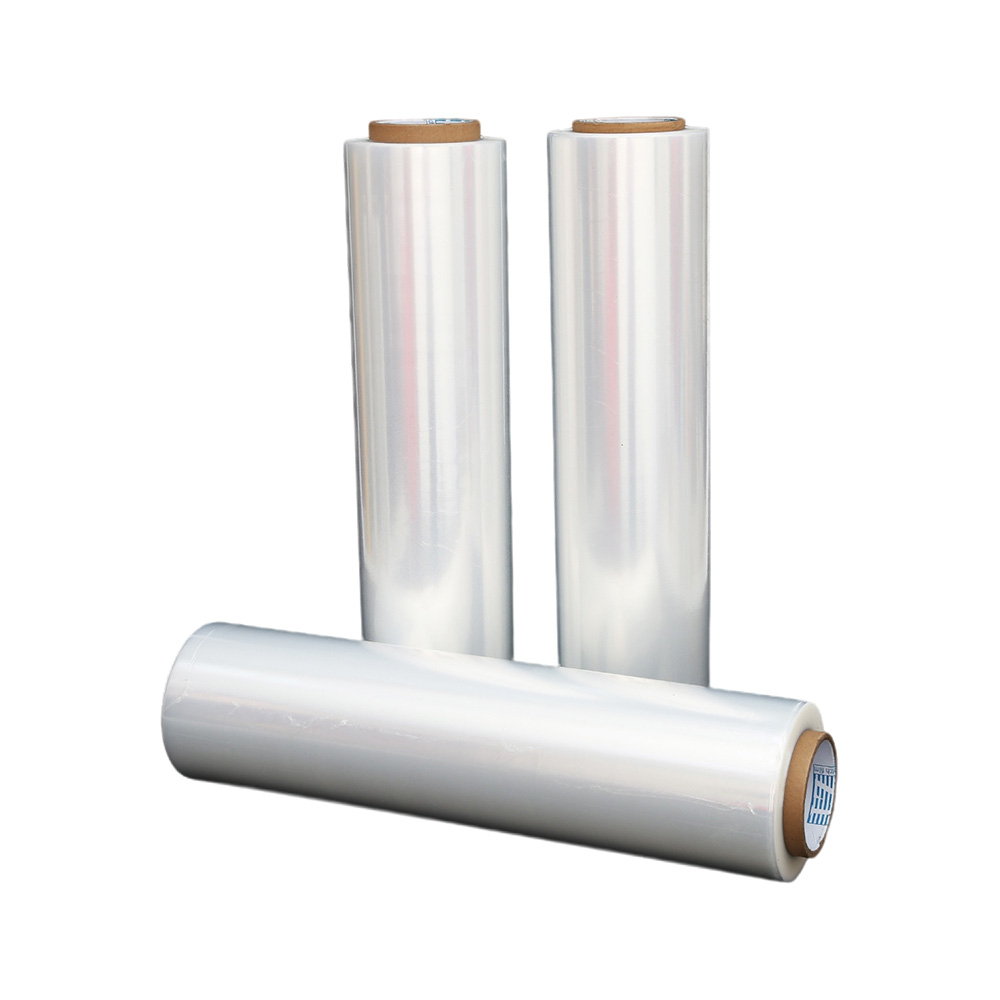Clear BOPP Tape vs. Brown BOPP Tape Film
Source:Clear BOPP Tape vs. Brown BOPP Tape FilmTime:2025-04-12Visitors:
Polythene sheeting, also known as polyethylene sheeting, is a versatile plastic material that’s a staple in industries and homes worldwide. From protecting construction sites to covering crops in agriculture, this lightweight, durable, and affordable film tackles countless tasks. But what exactly is polythene sheeting, and where can you use it to solve your problems?
In this complete guide, we’ll define polythene sheeting, explore its types, and highlight its many applications—whether you’re a contractor, farmer, business owner, or DIY enthusiast. We’ll also compare it to other materials, discuss its benefits and limitations, and share tips for choosing the right polythene for your needs. Ready to discover why polythene sheeting is a go-to solution? Let’s get started.
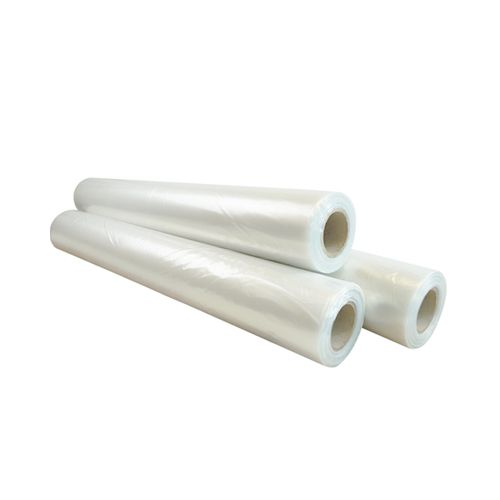
● Waterproof: Shields against moisture and rain.
● Durable: Resists tearing and punctures (depending on thickness).
● Flexible: Conforms to various shapes and sizes.
● Cost-Effective: Affordable for both industrial and personal use.
1. Polyethylene resin pellets are melted at high temperatures.
2. The molten plastic is forced through a die to form a thin film.
3. The film is cooled, stretched, and wound into rolls of varying widths and thicknesses.
This process, perfected by companies like Dongguan Zhiteng Plastic Product Co., Ltd. with over 23 years of expertise, allows for customization in thickness, color, and additives to suit specific needs.
● Common Uses: General-purpose wrapping, lightweight covers, or packaging.
● Advantages: Easy to manipulate and cost-effective for non-heavy-duty tasks.
● Common Uses: Heavy-duty applications like construction barriers or industrial covers.
● Advantages: Better resistance to punctures and chemicals.
● Light-Duty: 50–100 microns (e.g., drop cloths, packaging).
● Medium-Duty: 100–250 microns (e.g., greenhouse covers, furniture protection).
● Heavy-Duty: 250–500 microns (e.g., construction barriers, pallet covers).
● Black: Blocks light, common in agriculture or waste management.
● UV-Resistant: Prevents degradation in sunlight, used for outdoor covers.
● Flame-Retardant: Enhances safety in construction or events.
● Anti-Static: Reduces static buildup for electronics packaging.
● Biodegradable Polythene: Breaks down naturally, appealing to eco-conscious users.
● Printed Polythene: Custom logos or warnings, like those offered by Dongguan Zhiteng.
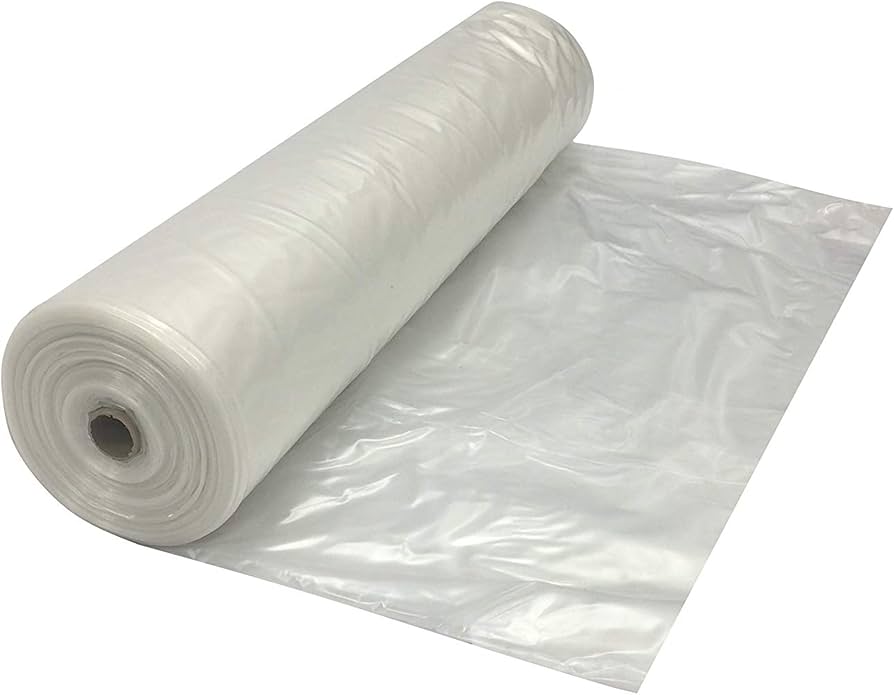
● Dust Protection: Covers furniture or equipment during renovations. Example: A contractor using 100-micron LDPE as a drop cloth.
● Concrete Curing: Retains moisture for proper curing. Example: Covering fresh concrete with 250-micron polythene.
● Temporary Enclosures: Creates weatherproof barriers on job sites.
● Mulch Films: Black polythene suppresses weeds and retains soil moisture.
● Silage Protection: Heavy-duty HDPE covers hay or grain to prevent spoilage.
● Pond Liners: Waterproof lining for irrigation or fish farming.
● Product Wrapping: Secures items like furniture or appliances for transport.
● Shrink Wrap Alternative: Thicker polythene for bundling multipacks.
● Waste Containment: Lines biohazard bins for safe disposal.
● Temporary Barriers: Isolates areas during hospital renovations.
● Painting Drop Cloths: Catches drips during home projects.
● Pond or Garden Liners: Creates water features or raised beds.
● Camping or Events: Temporary shelters or ground covers.
● Waste Management: Landfill liners to prevent leakage.
● Events: Temporary flooring or weatherproofing for outdoor festivals.
When to Choose Polythene:
● Need affordability and flexibility (e.g., packaging, drop cloths).
● Require waterproofing for temporary use (e.g., construction, agriculture).
● Want customizable options like UV resistance or colors.
● Affordability: Cheaper than PVC or canvas, ideal for large-scale or one-time use.
● Versatility: Available in thicknesses from 50 to 500 microns, covering light to heavy-duty needs.
● Weather Resistance: Waterproof and UV-resistant options withstand rain, sun, or wind.
● Ease of Use: Lightweight, easy to cut, tape, or secure with weights.
● Customizability: Choose clear, black, printed, or reinforced sheets for specific tasks.
For example, a small business wrapping furniture for shipping saves costs with 150-micron LDPE polythene, while a farmer protects crops with UV-resistant HDPE.
● Environmental Concerns: Standard polythene isn’t biodegradable, contributing to plastic waste unless recycled.
● Durability Limits: Thinner sheets (e.g., 50 microns) may tear under stress or sharp objects.
● Heat Sensitivity: Can melt or deform in extreme heat, unlike PVC.
● Aesthetic Constraints: Less polished for permanent or decorative uses compared to canvas.
● Thickness:
○ 50–100 microns: Light tasks like painting or packaging.
○ 100–250 microns: Medium tasks like greenhouse covers or furniture protection.
○ 250–500 microns: Heavy tasks like construction or pallet covers.
● Width and Length: Rolls from 1–6 meters wide, with lengths up to thousands of meters (e.g., Dongguan Zhiteng’s customizable rolls).
● Additives: UV protection for outdoor use, flame retardancy for safety, or anti-static for electronics.
● Environment: Outdoor use requires UV resistance; indoor use may prioritize clarity.
● Budget: LDPE is cheaper for temporary tasks; HDPE costs more for durability.
● Durability Needs: Heavy loads or sharp objects need 250+ microns.
● Recyclable Polythene: LDPE and HDPE can be recycled if clean. Check local programs.
● Biodegradable Polythene: Breaks down naturally, ideal for eco-conscious users.
● Down-Gauging: Thinner sheets (e.g., 50 microns) reduce plastic use without sacrificing function.
● Certifications: Look for ROHS-compliant options, like Dongguan Zhiteng’s green films.
Tip: Choose the thinnest effective sheet and recycle after use to minimize environmental impact.
● Match Thickness to Task: Use 100 microns for light covers, 250+ for heavy-duty jobs.
● Secure Properly: Use tape, weights, or frames to prevent flapping or tearing.
● Store Correctly: Keep rolls dry and away from heat to maintain quality.
● Cut Cleanly: Use sharp scissors or a utility knife for precise edges.
● Safety First: Avoid suffocation risks (keep away from children) and ensure ventilation when heating.
Example: A painter using 50-micron polythene as a drop cloth should tape edges to floors and fold neatly for reuse.
Ready to harness polythene’s potential? Evaluate your project, choose the right specs, and partner with a trusted supplier. At Dongguan Zhiteng Plastic Product Co., Ltd., our 23+ years of expertise deliver high-quality polythene and packaging solutions. Contact us at zt@dgztpacking.com or +86-13427862379 to find the perfect sheet for your needs. Let’s cover the possibilities together.
A: Yes, polythene is naturally waterproof, making it ideal for rain protection or pond liners.
Q: Can polythene sheeting be recycled?
A: Yes, LDPE and HDPE polythene are recyclable at many facilities if clean.
Q: What’s the difference between polythene and PVC sheeting?
A: Polythene is more flexible and affordable; PVC is more chemical-resistant but less eco-friendly.
Q: What thickness of polythene should I use for construction?
A: Use 250–500 microns for heavy-duty tasks like vapour barriers or concrete curing.
In this complete guide, we’ll define polythene sheeting, explore its types, and highlight its many applications—whether you’re a contractor, farmer, business owner, or DIY enthusiast. We’ll also compare it to other materials, discuss its benefits and limitations, and share tips for choosing the right polythene for your needs. Ready to discover why polythene sheeting is a go-to solution? Let’s get started.
What is Polythene Sheeting?
Polythene sheeting is a plastic film made from polyethylene, a polymer derived from ethylene gas. Known for its flexibility, strength, and affordability, it’s produced in rolls, sheets, or bags and used to cover, protect, or wrap objects across countless scenarios.
Key Properties
● Lightweight: Easy to handle and transport.● Waterproof: Shields against moisture and rain.
● Durable: Resists tearing and punctures (depending on thickness).
● Flexible: Conforms to various shapes and sizes.
● Cost-Effective: Affordable for both industrial and personal use.
Manufacturing Process
Polythene sheeting is made through a process called extrusion:1. Polyethylene resin pellets are melted at high temperatures.
2. The molten plastic is forced through a die to form a thin film.
3. The film is cooled, stretched, and wound into rolls of varying widths and thicknesses.
This process, perfected by companies like Dongguan Zhiteng Plastic Product Co., Ltd. with over 23 years of expertise, allows for customization in thickness, color, and additives to suit specific needs.
Types of Polythene Sheeting
Polythene sheeting comes in different forms, each tailored for specific applications. Here’s a breakdown:Low-Density Polyethylene (LDPE)
● Properties: Soft, flexible, and often transparent, with good clarity.● Common Uses: General-purpose wrapping, lightweight covers, or packaging.
● Advantages: Easy to manipulate and cost-effective for non-heavy-duty tasks.
High-Density Polyethylene (HDPE)
● Properties: Stronger, less flexible, and more rigid than LDPE, with higher tensile strength.● Common Uses: Heavy-duty applications like construction barriers or industrial covers.
● Advantages: Better resistance to punctures and chemicals.
Thickness Variations
Polythene thickness is measured in microns (µm), gauge, or mils (1 mil = 25.4 microns):● Light-Duty: 50–100 microns (e.g., drop cloths, packaging).
● Medium-Duty: 100–250 microns (e.g., greenhouse covers, furniture protection).
● Heavy-Duty: 250–500 microns (e.g., construction barriers, pallet covers).
Colors and Additives
● Clear: Ideal for visibility (e.g., packaging, retail).● Black: Blocks light, common in agriculture or waste management.
● UV-Resistant: Prevents degradation in sunlight, used for outdoor covers.
● Flame-Retardant: Enhances safety in construction or events.
● Anti-Static: Reduces static buildup for electronics packaging.
Specialized Forms
● Reinforced Polythene: Embedded with fibers for extra strength.● Biodegradable Polythene: Breaks down naturally, appealing to eco-conscious users.
● Printed Polythene: Custom logos or warnings, like those offered by Dongguan Zhiteng.
Comparison Table: Polythene Sheeting Types
| Type | Properties | Common Uses | Thickness Range |
| LDPE | Flexible, clear, lightweight | Packaging, drop cloths, greenhouses | 50–250 microns |
| HDPE | Strong, rigid, durable | Construction, pallet covers, liners | 100–500 microns |
| Biodegradable | Eco-friendly, degradable | Temporary covers, agriculture | 50–200 microns |
Where is Polythene Sheeting Used?
Polythene sheeting’s versatility makes it indispensable across industries and personal projects. Here are its top applications:
Construction
● Vapour Barriers: Prevents moisture infiltration in walls or floors. Example: HDPE sheeting under concrete slabs.● Dust Protection: Covers furniture or equipment during renovations. Example: A contractor using 100-micron LDPE as a drop cloth.
● Concrete Curing: Retains moisture for proper curing. Example: Covering fresh concrete with 250-micron polythene.
● Temporary Enclosures: Creates weatherproof barriers on job sites.
Agriculture
● Greenhouse Covers: Clear LDPE promotes plant growth by trapping heat. Example: A farmer using 200-micron polythene for a tomato tunnel.● Mulch Films: Black polythene suppresses weeds and retains soil moisture.
● Silage Protection: Heavy-duty HDPE covers hay or grain to prevent spoilage.
● Pond Liners: Waterproof lining for irrigation or fish farming.
Packaging
● Pallet Covers: Protects goods during shipping or storage. Example: Dongguan Zhiteng’s polythene sheets wrapping electronics pallets.● Product Wrapping: Secures items like furniture or appliances for transport.
● Shrink Wrap Alternative: Thicker polythene for bundling multipacks.
Healthcare
● Sterile Covers: Protects medical equipment or surfaces. Example: Disposable LDPE sheets in operating rooms.● Waste Containment: Lines biohazard bins for safe disposal.
● Temporary Barriers: Isolates areas during hospital renovations.
Personal and DIY Uses
● Furniture Protection: Covers items during moves or storage. Example: Wrapping a sofa in 150-micron polythene.● Painting Drop Cloths: Catches drips during home projects.
● Pond or Garden Liners: Creates water features or raised beds.
● Camping or Events: Temporary shelters or ground covers.
Other Industries
● Marine: Boat covers for winter storage (UV-resistant polythene).● Waste Management: Landfill liners to prevent leakage.
● Events: Temporary flooring or weatherproofing for outdoor festivals.
Polythene Sheeting vs. Other Materials
How does polythene stack up against alternatives like PVC, tarpaulin, or canvas? Here’s a comparison:| Material | Polythene Sheeting | PVC | Tarpaulin | Canvas |
| Cost | Low | Moderate | Moderate | High |
| Flexibility | High | Moderate | Low | Low |
| Durability | Moderate to High | High | High | Very High |
| Waterproof | Yes | Yes | Yes | Often Not |
| Eco-Friendliness | Recyclable, biodegradable options | Less eco-friendly | Limited recycling | Biodegradable |
| Best Use | General-purpose, temporary covers | Chemical resistance | Heavy-duty outdoor | Permanent covers |
● Need affordability and flexibility (e.g., packaging, drop cloths).
● Require waterproofing for temporary use (e.g., construction, agriculture).
● Want customizable options like UV resistance or colors.
Benefits of Polythene Sheeting
Polythene sheeting shines for many reasons:● Affordability: Cheaper than PVC or canvas, ideal for large-scale or one-time use.
● Versatility: Available in thicknesses from 50 to 500 microns, covering light to heavy-duty needs.
● Weather Resistance: Waterproof and UV-resistant options withstand rain, sun, or wind.
● Ease of Use: Lightweight, easy to cut, tape, or secure with weights.
● Customizability: Choose clear, black, printed, or reinforced sheets for specific tasks.
For example, a small business wrapping furniture for shipping saves costs with 150-micron LDPE polythene, while a farmer protects crops with UV-resistant HDPE.
Limitations of Polythene Sheeting
No material is perfect. Here are polythene’s drawbacks:● Environmental Concerns: Standard polythene isn’t biodegradable, contributing to plastic waste unless recycled.
● Durability Limits: Thinner sheets (e.g., 50 microns) may tear under stress or sharp objects.
● Heat Sensitivity: Can melt or deform in extreme heat, unlike PVC.
● Aesthetic Constraints: Less polished for permanent or decorative uses compared to canvas.
Specifications and Choosing the Right Polythene
Selecting polythene sheeting depends on your project. Key specs include:● Thickness:
○ 50–100 microns: Light tasks like painting or packaging.
○ 100–250 microns: Medium tasks like greenhouse covers or furniture protection.
○ 250–500 microns: Heavy tasks like construction or pallet covers.
● Width and Length: Rolls from 1–6 meters wide, with lengths up to thousands of meters (e.g., Dongguan Zhiteng’s customizable rolls).
● Additives: UV protection for outdoor use, flame retardancy for safety, or anti-static for electronics.
Factors to Consider
● Application: Packaging needs thinner sheets; construction demands thicker ones.● Environment: Outdoor use requires UV resistance; indoor use may prioritize clarity.
● Budget: LDPE is cheaper for temporary tasks; HDPE costs more for durability.
● Durability Needs: Heavy loads or sharp objects need 250+ microns.
Sustainability and Eco-Friendly Options
Plastic waste is a global concern, but polythene is adapting:● Recyclable Polythene: LDPE and HDPE can be recycled if clean. Check local programs.
● Biodegradable Polythene: Breaks down naturally, ideal for eco-conscious users.
● Down-Gauging: Thinner sheets (e.g., 50 microns) reduce plastic use without sacrificing function.
● Certifications: Look for ROHS-compliant options, like Dongguan Zhiteng’s green films.
Tip: Choose the thinnest effective sheet and recycle after use to minimize environmental impact.
Tips for Using Polythene Sheeting
Get the most out of polythene with these tips:● Match Thickness to Task: Use 100 microns for light covers, 250+ for heavy-duty jobs.
● Secure Properly: Use tape, weights, or frames to prevent flapping or tearing.
● Store Correctly: Keep rolls dry and away from heat to maintain quality.
● Cut Cleanly: Use sharp scissors or a utility knife for precise edges.
● Safety First: Avoid suffocation risks (keep away from children) and ensure ventilation when heating.
Example: A painter using 50-micron polythene as a drop cloth should tape edges to floors and fold neatly for reuse.
Conclusion
Polythene sheeting is a versatile, affordable solution for protecting, covering, and wrapping in construction, agriculture, packaging, and beyond. From lightweight LDPE for retail to heavy-duty HDPE for industrial use, its types and thicknesses meet countless needs. While environmental concerns exist, recyclable and biodegradable options make it a sustainable choice when used wisely.Ready to harness polythene’s potential? Evaluate your project, choose the right specs, and partner with a trusted supplier. At Dongguan Zhiteng Plastic Product Co., Ltd., our 23+ years of expertise deliver high-quality polythene and packaging solutions. Contact us at zt@dgztpacking.com or +86-13427862379 to find the perfect sheet for your needs. Let’s cover the possibilities together.
FAQ
Q: Is polythene sheeting waterproof?A: Yes, polythene is naturally waterproof, making it ideal for rain protection or pond liners.
Q: Can polythene sheeting be recycled?
A: Yes, LDPE and HDPE polythene are recyclable at many facilities if clean.
Q: What’s the difference between polythene and PVC sheeting?
A: Polythene is more flexible and affordable; PVC is more chemical-resistant but less eco-friendly.
Q: What thickness of polythene should I use for construction?
A: Use 250–500 microns for heavy-duty tasks like vapour barriers or concrete curing.
Recommended Products
Ranked in the same article
- how to use the stretch film technology to r
- How can we get detailed price list?
- Five common quality problems of PE protecti
- Plastic film degradation
- How to guarantee punctual shipment for our
- Gauge to Micron and Millimetre Conversion G
- What is the difference between stretch film
- Testing the permeability of stretch film
- Stretch film temperature requirements
- Electrical wire film VS electrostatic film
- Why insufficient transparency of stretch w
Latest news articles
- Bundling Stretch Film: Optimize Your Packag
- How can PE stretch film be cut better?
- Stretch Film Wrap: Unraveling Its Benefits
- What Properties Ensure Effective Cold Chain
- How to check the quality of PE stretch film
- The significance of using PE electric wire
- Advantages of white engineering film
- The Ultimate Guide to Choosing the Right Ma
- What is the Difference Between Magic Tape a
- The 133rd Spring Canton Fair
- Factors affecting viscosity of PE stretch f

